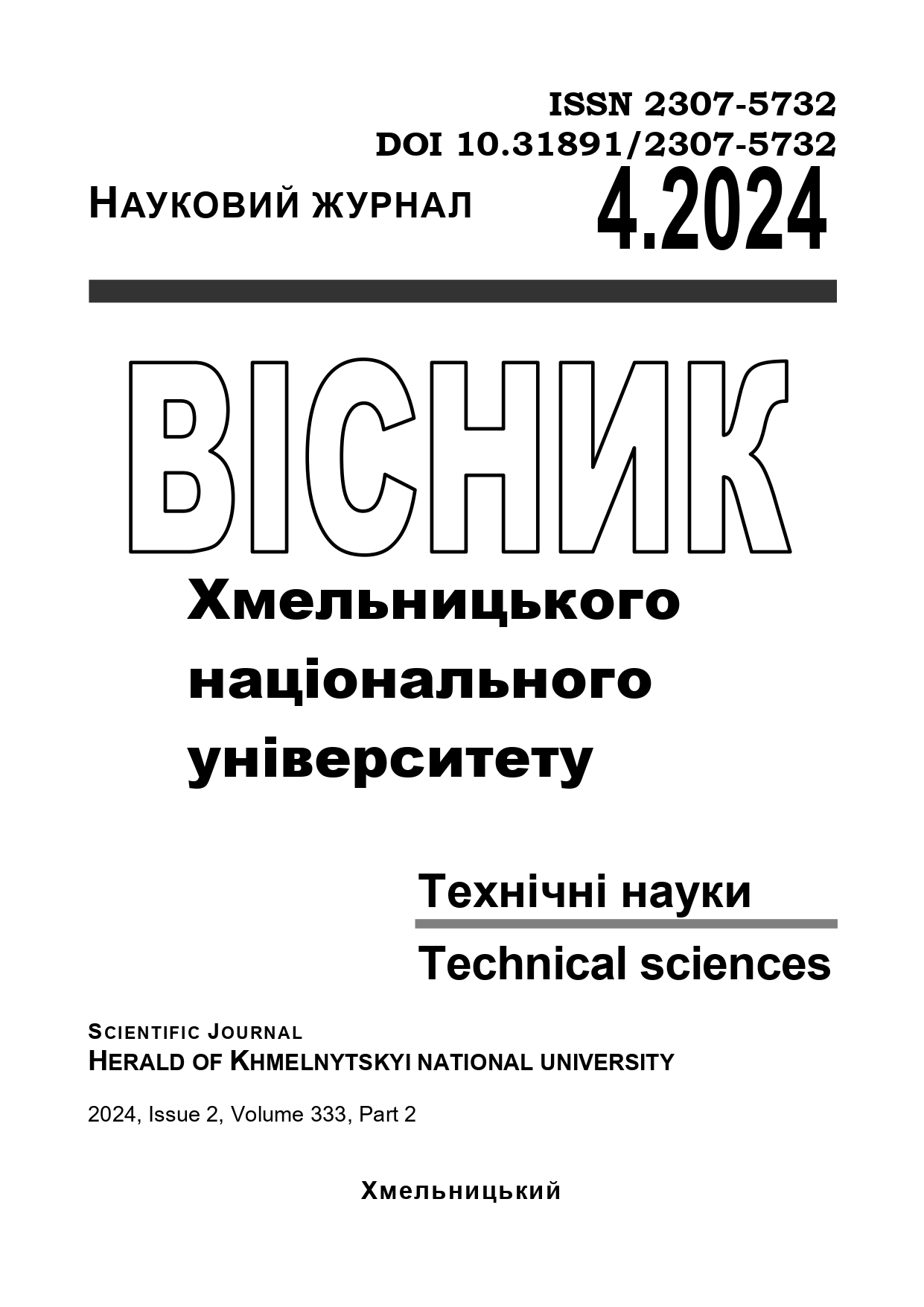COMPARATIVE ANALYSIS OF SOFTWARE AND HARDWARE TOOLS FOR CREATING A SECURITY SYSTEM OF AN APARTMENT BUILDING
DOI:
https://doi.org/10.31891/2307-5732-2024-339-4-54Keywords:
Internet of Things, security system, hardware and software tools, analytic hierarchy process, comparative analysis, information technology platform, web interfaces, mobile applications, process automation, system flexibility, equipment cost, ease of use, device and protocol support, expert evaluationAbstract
This article presents a comparative analysis of some of the most popular hardware and software tools that are suitable for creating an information technology platform for the security system of a multi-apartment building. The comparative analysis of the tools is conducted based on various aspects. The features of the hardware components, including the components that are part of them, the support for sensors and cameras, and the system's scalability, are considered. The software components of the tools are analyzed, including the availability of web interfaces and mobile applications, the accessibility of functions, customization capabilities, and process automation. The main characteristics of the tools are compared based on different criteria. The "flexibility" criterion allows for the determination of the platform's ability to be customized according to users' needs and its compatibility with other smart devices. The "cost" criterion is considered in terms of its impact on the accessibility of the equipment and the complexity of maintenance. The criteria "ease of use" and "user's need for technical knowledge" provide insights into the simplicity of platform setup and the need for special technical knowledge to use the platform. The analysis of the "support for various devices and protocols" criterion helps to identify the types and kinds of sensors, cameras, and other devices supported by the platform, as well as the protocols it uses. The advantages and disadvantages of each analyzed platform are examined, allowing for the determination of optimal solutions for various use scenarios. The Analytic Hierarchy Process (AHP) method, preceded by expert evaluation, was used for the comparative analysis. Data collection was carried out through questionnaires with experts in the fields of security and information technology. The obtained data was processed using multicriteria analysis methods, which allowed for the structuring and comparison of various tools based on defined criteria. The scientific novelty of the study lies in the application of the Analytic Hierarchy Process (AHP) for comparing hardware and software tools based on Internet of Things (IoT) technologies to create a security system for a multi-apartment building. For the first time, a systematic analysis and comparison of tools based on criteria such as flexibility, cost, ease of use, and support for various devices and protocols have been conducted. The results of the study provide practical recommendations for the selection and implementation of hardware and software tools for security systems in multi-apartment buildings, ensuring increased security, comfort, and efficient management of residential properties.

